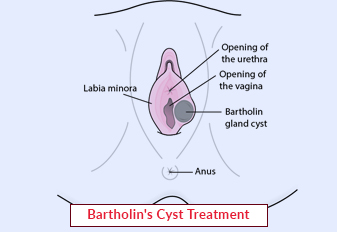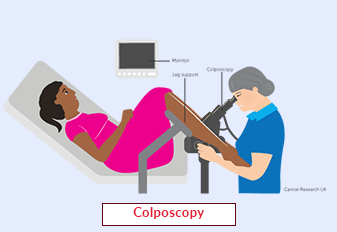Ovarian Transposition Surgery

Ovarian transposition surgery is a specialized procedure performed to preserve fertility in women undergoing radiation therapy or pelvic surgeries, particularly for the treatment of gynecological cancers. This technique involves surgically relocating the ovaries away from the radiation field or surgical site, reducing the risk of damage to the ovaries and preserving their function. In this article, we will explore the concept of ovarian transposition surgery, its significance in fertility preservation, and the procedure involved in safeguarding a woman's reproductive potential.
Book an AppointmentAbout Ovarian Transposition Surgery
Ovarian transposition surgery, also known as ovarian suspension or oophoropexy, is a surgical technique aimed at moving the ovaries to a different location within the pelvis or outside the radiation field. This procedure is primarily performed in women diagnosed with gynecological cancers, such as cervical, endometrial, or ovarian cancer, who require radiation therapy or pelvic surgeries.
Procedure of Ovarian Transposition Surgery
-
Preoperative Evaluation: Before the surgery, a comprehensive evaluation is conducted to assess the patient's medical history, cancer diagnosis, fertility goals, and treatment plan. This evaluation may involve imaging tests, blood work, and consultation with a multidisciplinary team of specialists.
-
Surgical Planning: The surgical plan is customized to each patient's unique situation. Factors such as cancer type, stage, radiation therapy details, and the individual's anatomy are considered when determining the optimal location for ovarian transposition.
-
Surgical Technique: Ovarian transposition surgery is typically performed using minimally invasive techniques, such as laparoscopy or robot-assisted surgery, although open surgery may be required in certain cases.
-
The surgeon creates small incisions in the abdomen to access the pelvic cavity. Careful dissection and identification of the ovaries are performed.
-
The ovaries are then carefully detached from their original position and relocated to a safer location within the pelvis or outside the radiation field. Common sites of relocation include the posterior cul-de-sac, the paracolic gutter, or the lateral abdominal wall.
-
The ovaries are secured in their new position using sutures or surgical meshes to ensure stability and prevent future mobility.
-
The surgical incisions are closed, and appropriate measures are taken to minimize the risk of complications.
-
-
Postoperative Care and Monitoring:
-
After the surgery, the patient is closely monitored for postoperative complications. Pain management, wound care, and activity restrictions are discussed with the patient.
-
Regular follow-up visits are scheduled to assess ovarian function, monitor hormone levels, and discuss fertility options post-treatment.
-
Require Assistance?
Get A Quick Callback From Our Healthcare Experts






